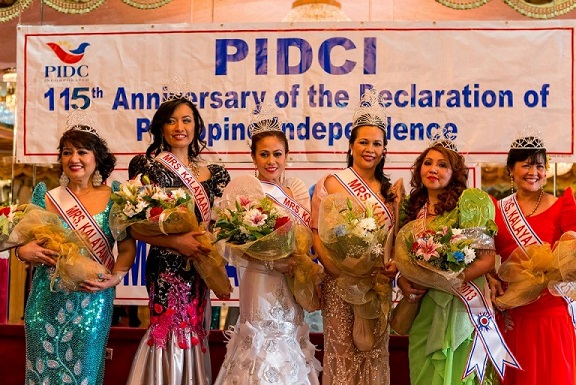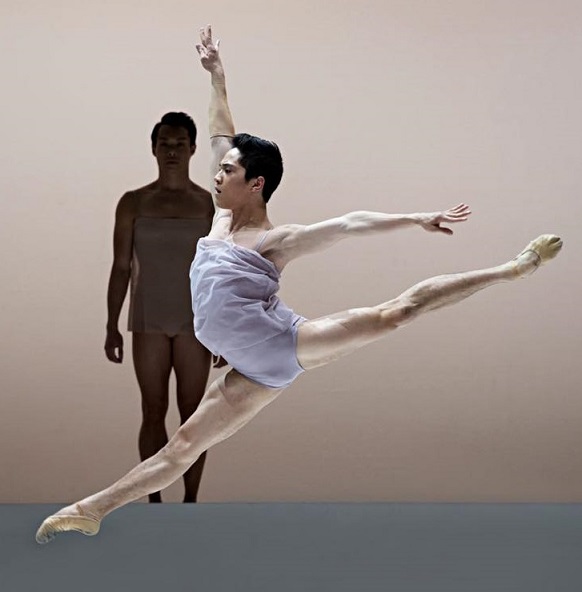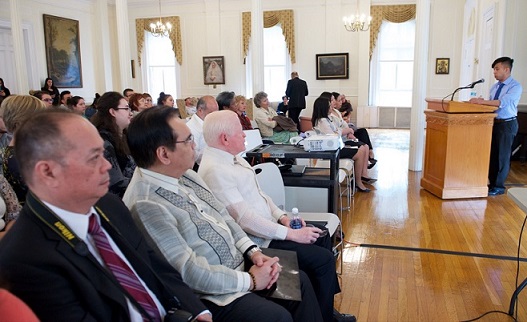Nora Aunor: How she aspired for artistry
By Joel David
In terms of her health issues, Nora Aunor was only revived once after her vital signs had stopped last year, ironically on the day when she was supposed to find out she’d been finally declared National Artist.
This meant that she could attend the awards ceremony under the new President, whom she had endorsed. Typical of her problematic political positions, one of her last statements was an expression of sympathy for the beleaguered former President now imprisoned at The Hague under a warrant served by the International Criminal Court.
I won’t deny that I pondered what points to raise in the inevitable obituary once her physical existence gave out, but after a social-media outpouring that still hasn’t abated as of this writing (see FACINE chair Mauro Feria Tumbocon Jr.’s Facebook page, where he has been compiling everything he could find by reposting them), I had to conclude that what she deserves is a series of volumes from authors interested in writing on her, continuing the early volumes in the early 1970s that jump-started the trend in Philippine film-book publishing that continues to the present. A circumstantial, if morbid, discursive opportunity presented itself anyway: her death followed a half-week after Pilita Corrales’s, another long-prevailing talent who also initially gained recognition in singing before branching out to film and television.
Corrales preceded Aunor’s emergence, which was no surprise considering that the latter was over a decade and a half younger. What will sound incredible is each one’s respective career trajectory: despite Corrales gaining global recognition and immediate local fame, Aunor was the artist whose records sold like proverbial hotcakes, snapped up by fans directly from delivery vans even before they could be inserted in cardboard jackets and plastic-wrapped.
Corrales was an engaging, spirited onscreen presence – which makes understandable the major film producers’ hesitation in launching Aunor, who was physically everything that Corrales was not; yet a small independent outfit with ears attuned to box-office performances noted how the movies where Aunor made guest appearances were delivering above-average receipts, which is how Tower Productions devised a string of potboilers and made a killing just by posting her in various romantic locales and getting her to lip-synch the contents of her current long-playing albums.
The challenge for scholars of Foucauldian genealogy is to track at what point Aunor decided that phenomenal success was not going to be enough for her, where she aspired not for the expected greater returns on investments, but for artistic peaks that only an exceptional status like hers could facilitate. Perhaps it was when she opted to swing away from cover versions of international hits and standards, toward what we might term the Philippine songbook by classically trained composers as well as the original pop songs that would later segue into what became known as the Manila sound. But she knew from her multimedia exposure that there would be no further development possible in this direction, unless she ventured into composition and arrangement herself.
Preferring interpretive exertions, she must have deduced that histrionic craft was the obvious next stage. Her own outfit, NV (for Nora Villamayor) Productions, started as early as the year after the declaration of martial law, with now-lost films that were box-office flops because of their art-film qualities. After recovering with a few hit projects, she came up the tribal epic Banaue (1975), the last film by Gerardo de Leon, and the next year came up with a period film, Tatlong Taóng Walang Diyos, her first collaboration with Second Golden Age figure Mario O’Hara. Once more her audience could not catch up with her, but she managed to win the first critics’ performance award, a distinction that may have been precipitate (at least one nominee, Mona Lisa in Insiang, demonstrates superior abilities) but may have been a substitutionary reward for the substantial producer’s risk that she had taken.

This led to a short-lived valorization of her stature as a critics’ darling, cut down in 1982 with the group’s inexplicable downgrading of her reading of the lead character in Ishmael Bernal’s Himala, now regarded as one of the possible peaks in Philippine film performance, in contrast with the never-mentioned-since hysterical delivery that the critics selected. (Inside information: I was with the group during this period and made the proper choice, affirmed by the director and writer of both competing films.) As if to demonstrate that their choice was unassailable, the critics continued rejecting her achievements in succeeding years, sometimes against the preferences of all the other award-giving groups, even when the directors of their selected performances complained about their choices.
Aunor of course was more secure in her self-assessment. When the National Artist award was withheld from her twice in succession, she assured everyone that she was disinterested in how the process played out. In case anyone had the impression that she was merely attempting to save face, complaints emerged from film researchers that she did not worry if her collection of prizes was maintained or if certain items were pilfered. Following the principle that dying folks tell no lies, we find her assuring more than one confidant that her source of pride lay in the series of films, whether funded by her outfit or by others, that she was able to see through to completion.
Proof that her pride was not misplaced lies in the products themselves. Those familiar with only the standard Aunor canon are missing out on the most impressive single-person display of performing-arts ability in the country’s history. The stage plays she appeared in might now be a permanently unavailable opportunity for millennium-era audiences, but any avid Aunor follower (as I was during her active years) will be able to confirm that, even in trashy or dismissible films, she demonstrated skills beyond anyone else’s reach. The critics who downgraded her deserve to be installed in a hall of shame, but then she wouldn’t have given a hoot about them anyway.
Joel David is a retired professor of Cultural Studies at Inha University and was given the Art Nurturing Prize at the 2016 FACINE International Film Festival in San Francisco. He has written several books on Philippine cinema and maintains a blog at amauteurish.com.
















